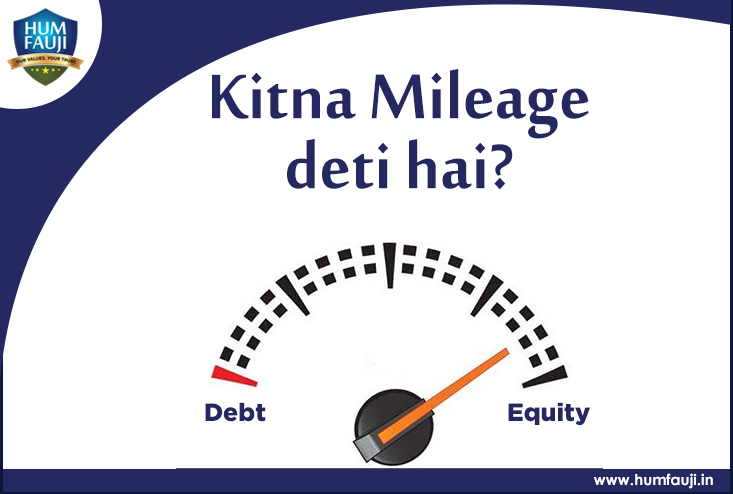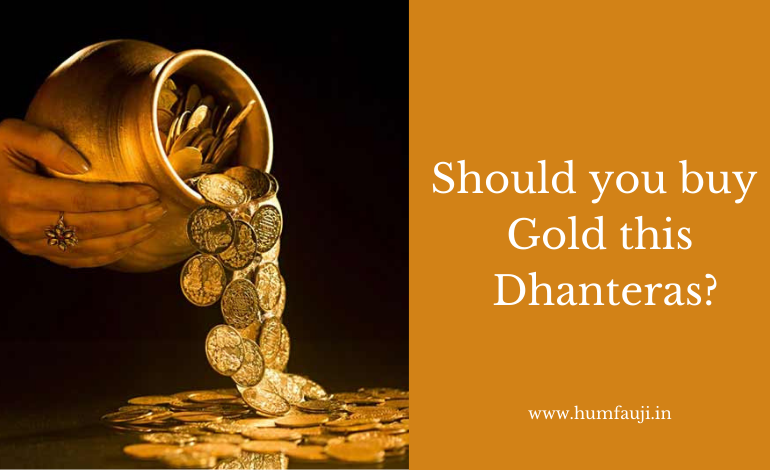We all generally have a considerable amount of money lying in our bank accounts at any given time. We also feel happy that it is safe and generally earning 4% per annum interest in SB and around 8-9% on Fixed Deposits (FDs). However, do you know how the banks use this money of ours to earn their hefty profits? If you think that this money is absolutely safe with the banks, you may be surprised on knowing how the banks deploy this money. Do you also know that you do have very safe investment instruments available to earn equally well directly for yourself?
Let us see what do the banks do with your money from SB and FD accounts on which you are getting 4%-9% interest? To retail clients like you, they use this money to give personal loans at 16-17%, car loans at 12-13% and home loans at 10% or so, not to mention revolving the credit card balances at 30-40%. To corporate clients who generally borrow large amounts, the loan rates may go even up to 18-20% depending upon their need and credit rating. The most convenient and assured returns that the banks can get is by parking it with Reserve Bank of India (RBI) where they get interest rate as per RBI’s declared Repo Rate – currently it is 7%. Even Government of India’s long-term bonds give them a sovereign guaranteed 8%+ rate of interest presently. They have another revenue stream – a complicated instrument called the ‘Pass through Certificate” (PTC) which is traded on stock exchanges. Here, the loans given by a bank (less the home loans) are bundled in small, neat packages and ‘sold’ to another financial entity, say a Mutual Fund. The loan borrowers do not come to know about it because the bank continues to service them at its front-end. With the loaned money received back now, bank can loan even more. Thus your deposit amount equivalents are loaned out many times over by the bank, earning cool profit on each such financial manoeuvre. Remember, the loans that have gone through the PTCs have your money in it.
Second issue, how safe is your money with the banks? Indian banks have no history of a default so far. However, your money does get loaned regularly and aplenty to corporate clients and projects where you would never put it yourself directly due to perceived risks. If you think Company Deposits are risky, your bank is doing it all the time. Your bank even deposits in FDs of other banks! Hope you know that the Deposit Insurance & Credit Guarantee Corporation (DICGC) guarantees bank deposits only up to Rs 1 Lakh per customer per bank.
Lastly, are you getting adequate compensation for ‘loaning’ your money to the bank? You must be aware that there is tax to paid on your savings bank interest (if more than Rs 10,000 a year) or on your FD and RD interests. This tax is to be paid as per your tax slab. Thus, if you are in 30% slab, then a 9% FD rate actually translates to just 6.3% rate net to you (9% less 30% of 9% = 6.3%). When the consumer level inflation is well above 9% per annum, your money in these financial instruments is actually losing its value in real terms. Thus, you have to carefully evaluate the safety Vs returns maths – while safety of some money is desirable, if you look for complete safety for all of your money, you should be aware that you are ‘willing’ yourself negative returns all the time.
So what is the way out?
Firstly, understand that you should never put all your eggs in one basket. Some of your money should in risk-less investments like Provident Fund & bank FDs where you are looking only for safety, well-aware that it is losing its purchasing power year-after-year due to high inflation. Amount in bank FDs is primarily to cater for your contingencies. If you want very less risk, a large part of your money should be in instruments where you take a small calculated risk but returns are above inflation, eg, large cap and balanced mutual funds, carefully chosen real-estate deals, highly-rated company deposits and good debt mutual funds. A small part of the money can be in good diversified equity mutual funds and even carefully chosen stocks, if you can monitor them. If you are ready to take some risk to get good returns, the proportion of latter two categories should be switched.
Secondly, be careful not to let large amounts idle in your savings bank accounts where you generally get about 4% interest per year. Put them instead in Liquid Mutual Funds where the returns today are in the 8% range, safety is almost equally high, and redemption (ie, availability of funds back to you) is at about 24 hour notice. Some fund houses even give you an ATM card to redeem upto Rs 50,000 per day from bank ATMs.
Lastly, realise that, in the long run, it is not what financial instruments you choose to invest but what asset allocation you make, how you monitor your financial investments and whether you have a long-term attitude to investing, is what matters.
Col (retd) Sanjeev Govila, CERTIFIED FINANCIAL PLANNERCM
CEO, Hum Fauji Initiatives,
Your Long-term Partner for Wealth Creation
E-511, 2nd Floor, Ramphal Chowk, Palam Extn, Sector 7, Dwarka, New Delhi-110077
Tele: 9999 022 033, 011 – 4054 5977, 011 – 4214 7236 | humfauji.in
Visit our Blog, humfauji.in/blog or facebook page http://www.facebook.com/HumFaujiInitiatives or follow us on Twitter https://twitter.com/#!/humfauji to get latest insight on matters financial














Leave a Reply